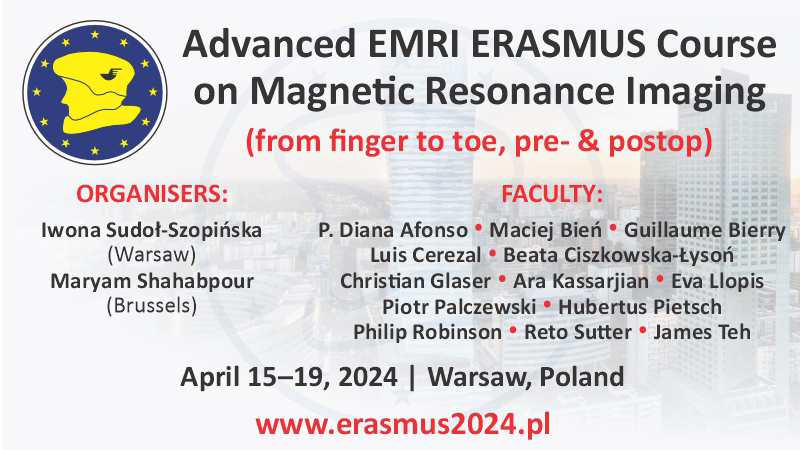Sonoelastographic evaluation for benign neck lymph nodes and parathyroid lesions
Namik Kemal Altinbas, Cemil Yagci
 Affiliation and address for correspondence
Affiliation and address for correspondenceAim: The aim of the study was to evaluate the performance of real-time strain sonoelastography for comparison of perithyroidal lymph nodes of Hashimoto thyroiditis patients, jugular lymph nodes of healthy individuals and parathyroid lesions. Material and methods: Fifty parathyroid lesions (Group 1), 52 lymph nodes in Hashimoto thyroiditis patients (Group 2) and 51 reactive jugular lymph nodes (Group 3) were examined by ultrasound, and elastography was performed for a total of 95 patients. Real-time strain sonoelastography using elasticity score (E-index) was performed. The differences in E-index between the three groups were evaluated. Results: The mean E-index and size of parathyroid lesions were 2.30 ± 0.91 and 13.46 ± 5.69 mm, respectively. Parathyroid hyperplasia was detected by parathyroidectomy in two patients (2/37; 5%) with a total of four lesions (4/50; 8%). The remaining lesions were considered as adenomas. The mean E-index and size in Group 2 were 2.70 ± 0.93 and 7.83 ± 3.35 mm, respectively. The mean E-index and size in Group 3 were 1.88 ± 0.59 and 11.60 ± 4.96 mm, respectively. There were statistically significant differences between the groups in terms of E-index (p <0.01). Conclusions: When reactive jugular lymph nodes, perithyroidal lymph nodes of Hashimoto thyroiditis patients and parathyroid lesions are compared, it seems that strain sonoelastography indices add a benefit to routine practice in the differential diagnosis of parathyroid lesions and benign neck lymph nodes.






